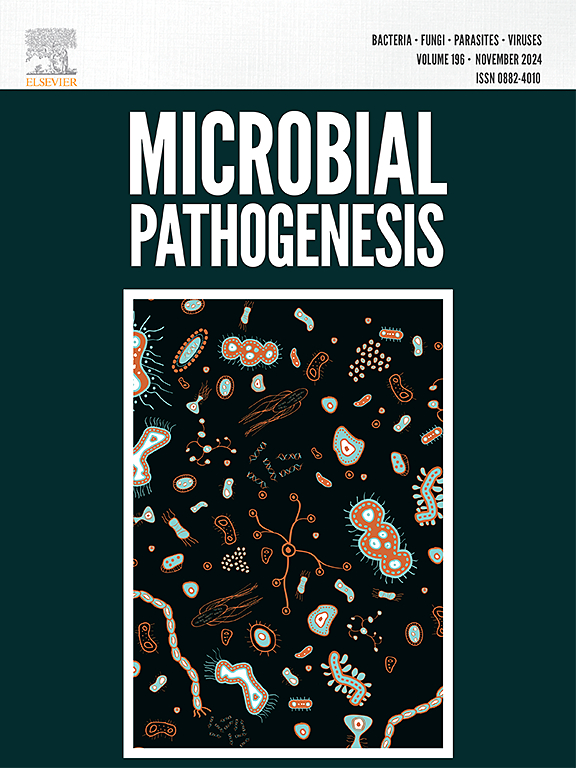Comparative study of alpha, beta, and omicron spike protein by computing the IR/Raman frequencies and UV–vis adsorption – A computational analysis through DFT
IF 3.3
3区 医学
Q3 IMMUNOLOGY
引用次数: 0
Abstract
The outbreak of COVID-19 coronavirus disease around the end of 2019 was a pandemic. The virus has been mutated and so many strains like Alpha, Beta, and Omicron are present in different parts of the world. Hence, timely detection technique is important to overcome the diagnostic challenges. Considering the need for this pandemic situation, we used a spectroscopy test methodology to distinguish different strains of Covid-19 by computing the infrared & Raman frequencies and the optical absorption data. Optimization of spike protein of Alpha, and Omicron mutations showed the high value of dipole moment (4.44, and 4.36) Debye, and polarizability [Alpha (233.62), Omicron (228.65)] indicating more bioactivity of Alpha and Omicron instead of Beta. Molecular electrostatic potential map exhibits the presence of electrophilic and nucleophilic region suggesting charge transfer of spikes to accept/donate electrons and hence the system increased reactiveness. UV–Vis absorption analysis also shows electronic transitions (σ to π∗ and π to π∗) due to that protein probe mechanism of Alpha and Omicron becomes increasingly become unsaturated thus confirming its easy binding ability to the target human protein as compared to binding affinity of Beta spike protein.
通过计算红外/拉曼频率和紫外-可见吸附的α, β和Omicron刺突蛋白的比较研究-通过DFT计算分析。
2019年底前后爆发的COVID-19冠状病毒病是一场大流行。这种病毒已经发生了变异,在世界的不同地区出现了很多病毒株,比如α, β和欧米克隆。因此,及时检测技术对于克服诊断挑战至关重要。考虑到疫情的需要,我们采用光谱测试方法,通过计算红外和拉曼频率以及光学吸收数据来区分不同的Covid-19菌株。对α和Omicron突变的刺突蛋白进行优化,发现偶极矩(4.44,4.36)Debye值较高,极化率[α (233.62), Omicron(228.65)]表明α和Omicron的生物活性高于β。分子静电势图显示出亲电和亲核区域的存在,表明尖峰电荷转移以接受/给予电子,从而提高了体系的反应活性。紫外可见吸收分析还显示,由于α和Omicron的蛋白质探针机制变得越来越不饱和,电子跃迁(σ到π*和π到π*),从而证实了与β刺突蛋白的结合亲和力相比,它更容易与目标人类蛋白结合。
本文章由计算机程序翻译,如有差异,请以英文原文为准。
求助全文
约1分钟内获得全文
求助全文
来源期刊

Microbial pathogenesis
医学-免疫学
CiteScore
7.40
自引率
2.60%
发文量
472
审稿时长
56 days
期刊介绍:
Microbial Pathogenesis publishes original contributions and reviews about the molecular and cellular mechanisms of infectious diseases. It covers microbiology, host-pathogen interaction and immunology related to infectious agents, including bacteria, fungi, viruses and protozoa. It also accepts papers in the field of clinical microbiology, with the exception of case reports.
Research Areas Include:
-Pathogenesis
-Virulence factors
-Host susceptibility or resistance
-Immune mechanisms
-Identification, cloning and sequencing of relevant genes
-Genetic studies
-Viruses, prokaryotic organisms and protozoa
-Microbiota
-Systems biology related to infectious diseases
-Targets for vaccine design (pre-clinical studies)
 求助内容:
求助内容: 应助结果提醒方式:
应助结果提醒方式:


